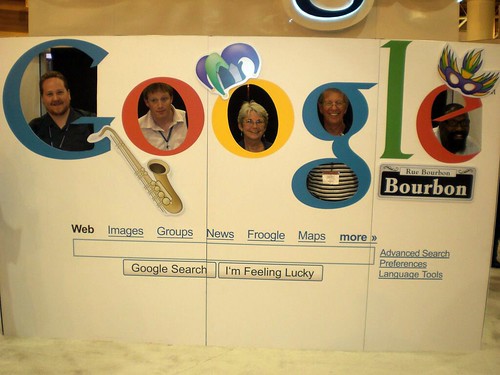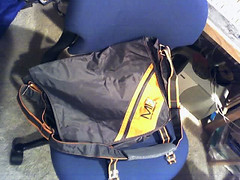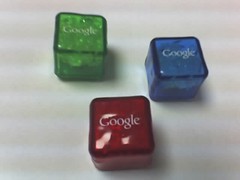So the Chronicle has an article in this week’s issue regarding the possible changes coming down the pike for scholarly communication in the digital age, and what form that might take.
To say they are a little late to the party is a bit of an understatement.
Welcome to what is either an expansive new future for the book in the digital age, or a cacophonous morass that will turn scholarship into a series of flame wars — or both.
Scholars like Mr. Wark, who are as comfortable firing off comments on blogs as they are pontificating at academic conferences, are beginning to question whether the printed book is the best format for advancing scholarship and communicating big ideas.
In tenure and promotion, of course, the book is still king — the whole academic enterprise often revolves around it. But several scholars are using digital means to challenge the current model of academic publishing.
Thanks to the Internet, they argue, the book should be dynamic rather than fixed — not just a text, but a site of conversation. Printouts could still be made and bound, but the real action would be online, and the commentary would form a new kind of peer review.
Even some publishers are experimenting, though so far the most ambitious efforts have been at scholarly journals. Nature, for instance, started a program this summer in which authors can opt to have articles they submit made available immediately as electronic pre-prints that anyone can comment on. Those papers are still reviewed the old-fashioned way, but the comments by online users are also taken into consideration.
Many academic publishers shrug off open-review e-books as simply the latest technological fad, saying that the time-tested peer-review process should not be replaced by bands of volunteers.
Whether traditional publishers join in or not, there is no doubt that academic discourse is increasingly occurring on blogs and other online forums. So how can that energy be channeled into accepted forms of scholarship? Is it time for the book to get a high-tech makeover?
We in the blogosphere have been doing this sort of thing for some time…Wark’s experiment with this is amazing, but he’s hardly the first to open up a scholarly paper to online critique. And the Chronicle is woefully behind the times in talking about it now…the first blog entry from here that I could find on the subject dates back to April of 2004.
But it’s timely that this is published now. I just realized last week that as much as I have said about blogs and other online contributions counting for tenure and other academic advancement, I hadn’t listed this very blog on my CV. Talk about an oversight! So I added it, and in my most recent quarterly report to my Dean, I added statistics for the blog as well. Any discussion about this subject is welcome, dear readers…I especially would love to know if other library bloggers list their blog on their CV or in reports to those higher up.
But my point of view on this subject is pretty clear: Scholarly Publication, as it has been known, is dead. It just doesn’t know it yet. The new digital models of open communication that allow for commentary while maintaining clear versioning of documents, combined with the Open Access movement and the nearly-costless ease of online publication will become the dominant scholarly communication method in the next 20 years.

 My
My 




